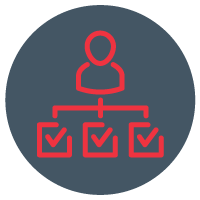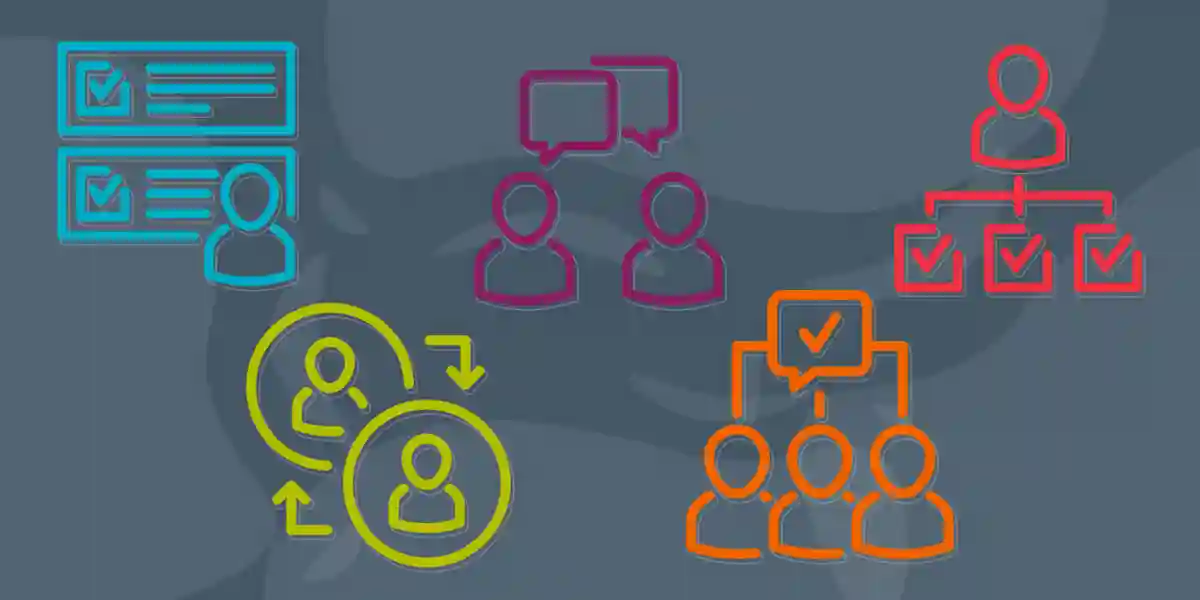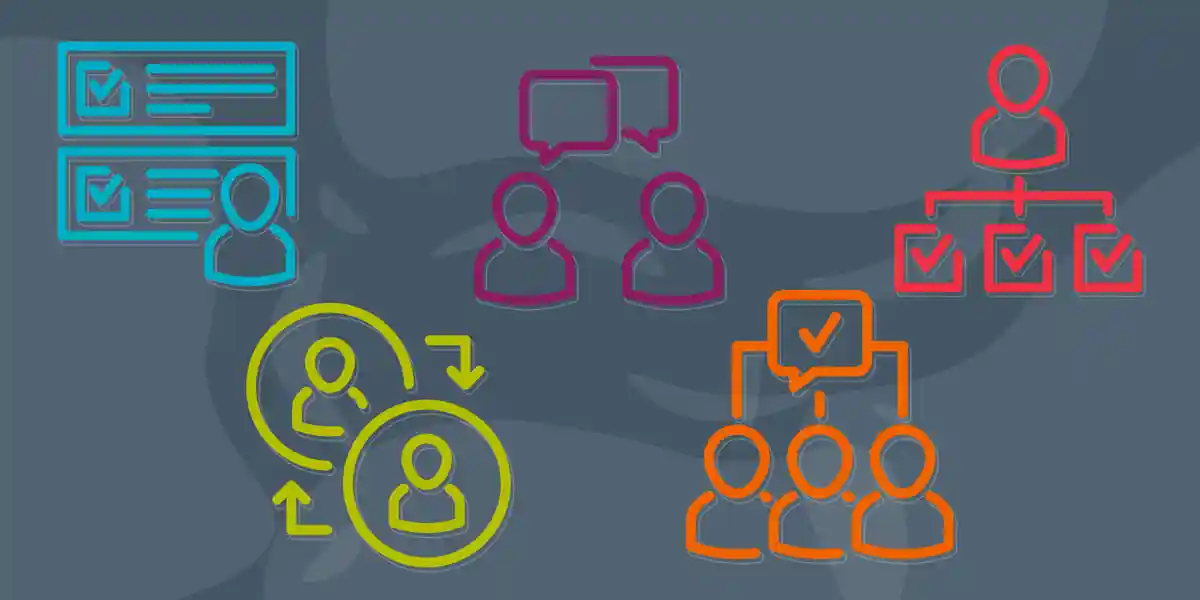As leaders, we instinctively understand that coaching helps employees perform better and companies achieve superior business results. A multitude of studies confirm a strong coaching culture positively impacts all aspects of an organization. In my experience as a leadership coach, companies that see positive business benefits from coaching are using best practices for coaching employees.
Before I jump into these best practices, consider what can happen if your organization does not coach employees.
A few years ago, I was delivering a leadership development session on coaching. When discussing the importance of feedback and coaching, a participant candidly shared that she had worked for a previous organization for 10 years and never received any feedback, let alone coaching. She had no development support and constantly worried whether she was doing a good job. She had no idea what success looked like in her role.
Eventually she resigned herself to the fact that if she was doing a terrible job, they would fire her. She now realizes those 10 years were wasted because she didn’t have the opportunity to grow or improve. She wonders where she would be today if she had received coaching or feedback during that part of her career.
What Is Employee Coaching?
This story is a powerful example of how the absence of coaching and feedback on the job can cause employees to stagnate in their role, and in turn, inhibit companies from getting results.
But what is employee coaching? And how does it help companies perform better?
Coaching is a method of helping employees improve their performance by giving them timely feedback. We’ve written previously that coaching should be focused on meeting a short-term goal. It can occur over the span of a project or in a one-time conversation.
How does coaching help companies achieve results? Coaching is an effective way for employees to receive specific feedback about their approach, performance, and behavior and make continuous improvements. An effective coach can also convey how these improvements contribute to overall company success.
In this blog, I’ll share five best practices for coaching employees, including how you can purposefully coach others to deliver results.

Best Practice #1: Define Your Coaching Objectives
As a leader, I need a vision of what my team needs to achieve. As a coach, that vision helps me structure conversations. Defining strong coaching objectives is the first step to achieving positive results.
As leaders and coaches, we often feel that we are solely responsible for not only defining those objectives but also figuring out how an employee will achieve them. But if we go at it alone, how can we be sure the employee is interested and fully committed? To be sure that employees are committed to next steps, they need to be involved.
I like to use an analogy with my coachees: let’s say we are going on a road trip together. After a few conversations to better understand what each of us expects, we agree on the destination and lay out the road map to get there.
We are co-pilots working collaboratively to reach a destination. We are both clear on what we are trying to achieve and the route we’ll follow to get there. We’ll monitor certain markers and measures, such as performance objectives or skills assessments, to keep us both accountable and on track, ensuring there are no misunderstandings or missed exits.
The starting point for forming clear coaching objectives is the SMART acronym. SMART coaching objectives are Specific, Measurable, Attainable, Results-Oriented and Timely. Unclear objectives can lead to poor performance results.

Best Practice #2: Choose the Right Coaching Technique
After 20 years of training and coaching, I decided to get my formal coaching certification. I thought the certification would be a breeze considering my knowledge and experience. But I struggled. I needed to unlearn certain coaching biases I had picked up along the way.
I realized that I was unconsciously structuring coaching conversations with one big bias: my experience. I was asking leading questions.
My coachee might say to me, “No one is happy with the schedules I create. Every week someone complains. I try to be fair and honor requests, but there’s only so much flexibility.”
In the past, my response would have been something like, “That sounds challenging to have to manage unhappy team members regularly. How are you going to resolve this? Do you need my help?”
Now I say, “That sounds challenging to have to manage unhappy team members regularly. Do you need to do anything about this?”
These responses are subtle but different. In the first instance, I suggest that the issue needs to be resolved. In the second instance—the way I respond today—I ask the coachee to consider whether action is needed at all.
Whether coaching to improve performance or learn a new skill, a coach should first involve the coachee by asking open-ended, neutral questions. This approach allows the coachee to explore possible solutions themselves. Coaches can assist if there are gaps in their problem solving, rather than providing answers up front.
Asking open-ended questions is a coaching technique that helps many coachees discover their own answers. As you think about the objectives and challenges your coachee wants to solve, also consider techniques such as supporting personal confidence, listening authentically and showing empathy, and following up on plans.

Best Practice #3: Give Feedback Frequently
People often ask me: what is the difference between coaching and feedback? Coaching is about meeting a person’s needs by energizing and enabling them to achieve a goal. Feedback is like a GPS. It tells the person how they are doing and if they need to course correct to achieve their goal.
As a coach, I provide positive feedback to reinforce positive behavior or developmental feedback to help coachees readjust to reach their goal. I give frequent, specific, timely, and balanced feedback. (Read more about DDI’s STAR and STAR/AR approach for providing better feedback.)
Employees often tell me they do not get enough feedback. Most of the time, what they mean is, “I don’t get enough positive feedback!” If you want your employee coaching to deliver results, frequent, balanced feedback is critical.
Tips for Giving Balanced Feedback
Research shows that to keep an employee engaged, motivated, and confident, you need to follow a 6:1 ratio when giving feedback. Every time you offer developmental feedback, you need to have given six previous instances of positive feedback.
Think of it like a bank account: when you give positive feedback, you deposit money in the bank. When you give developmental feedback, you withdraw from their positive feedback balance. Too much developmental feedback, and the coachee may start feeling unsure of themselves and worry they are not progressing as expected.
However, be careful not to use the sandwich approach, positive feedback followed by developmental feedback and then followed by positive feedback again, too often. Employees can get confused or miss important points.
Save the sandwich approach for performance reviews or project feedback. When providing day-to-day feedback, stick to one-shot feedback so the message does not get lost.
Leaders sometimes say they do not have much positive feedback to give. But remember that positive feedback can also be in the form of appreciation: tell employees you appreciate their work ethic, attitude, or personality. Be a coach who sees both positives and room for improvement. Don’t be the referee who only whistles when a mistake is made.

Best Practice #4: Listen to Employee Ideas
When I ask leaders, “What do good coaches do?” the number one answer I get is, "listen.” If you want employees to be more receptive to your coaching, listen to their ideas and feedback.
Not only does listening show that you are open to suggestions, but it can also lead to creative ideas that benefit both the team and the business. Listening without judgment creates a psychologically safe space where employees feel comfortable sharing.
As a coach, you can demonstrate this by:
- Listening for emotions and empathizing so employees feel heard and understood.
- Involving coachees in developing their own road map to learn and grow.
- Asking coachees to give feedback on how the coaching is going.
- Having team members generate ideas and solutions to resolve issues.

Best Practice #5: Hold Employees Accountable
The ultimate goal of coaching is to drive accountability. If you communicate clear expectations, provide the right skills and tools for success, agree on how you will frequently measure progress (how am I doing?), and form clear outcome measures (when have I reached my goal?), then your coachee takes ownership and drives their own performance.
But this does not mean you should not offer support along the way. Offer support but don’t take over the driving.
Coaching Helps Employees and Leaders
Coaching your employees’ professional development drives engagement, enhances trust and self-esteem, and ultimately helps you retain strong performers.
But how does coaching help you as a leader? As you develop your team over time, you’ll likely uncover more opportunities to delegate and involve your team in important projects. That means more time for you to focus on strategic activities and consistently deliver strong results for your organization.
Learn more about how to build a coaching culture.
Jo-Anne DuBois is a principal consultant at DDI with 30 years’ experience in the leadership training and development field. When not coaching or delivering training, Jo-Anne enjoys getting coached by her three grandchildren: Tristan (12), Eloïse (7), and Juliette (5).
Topics covered in this blog

